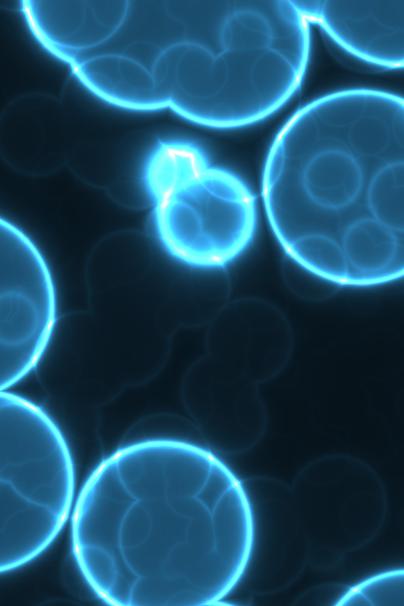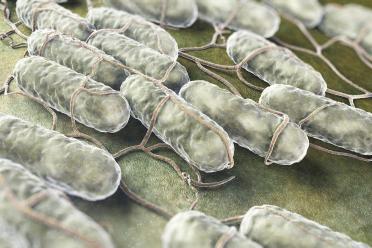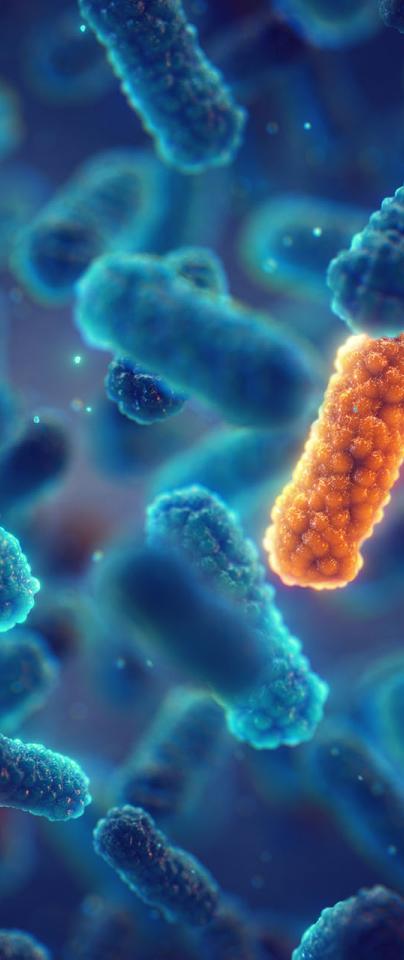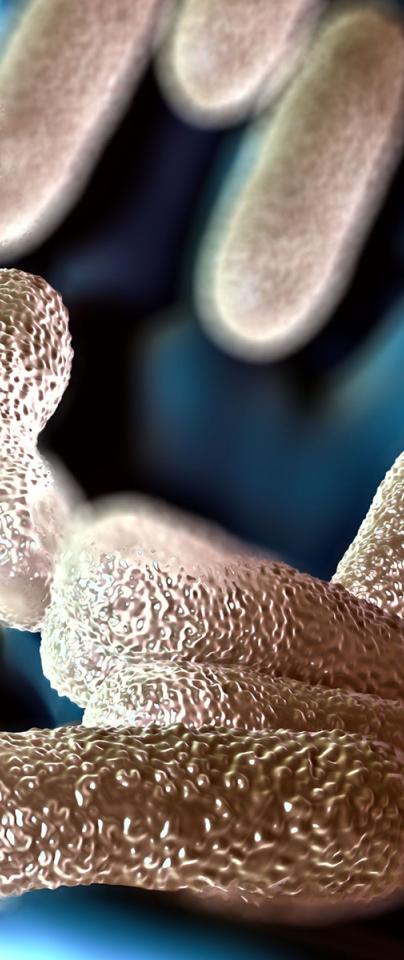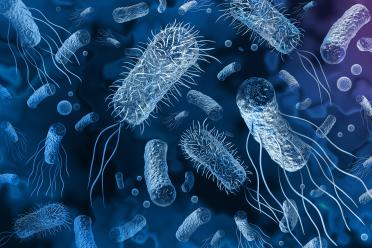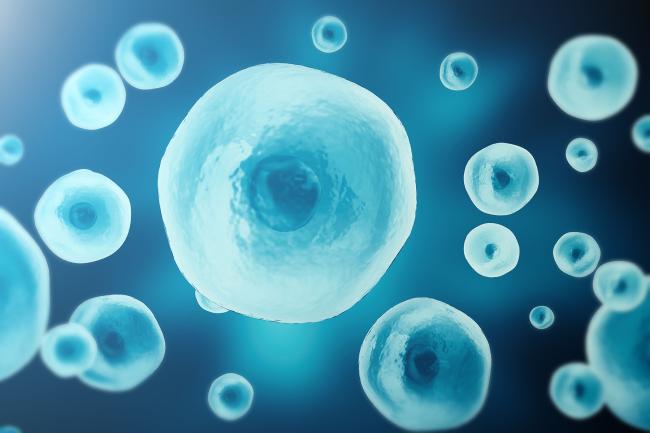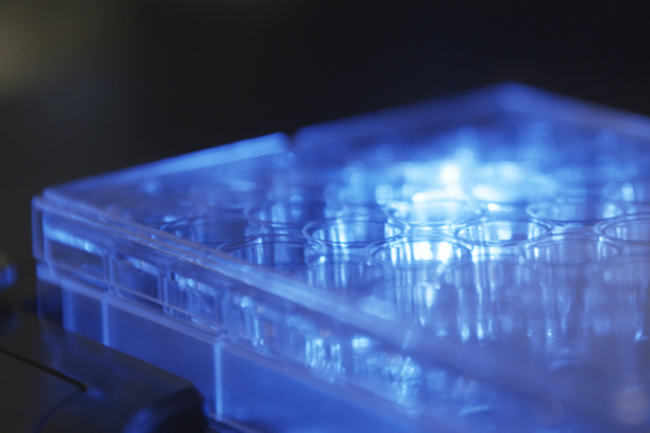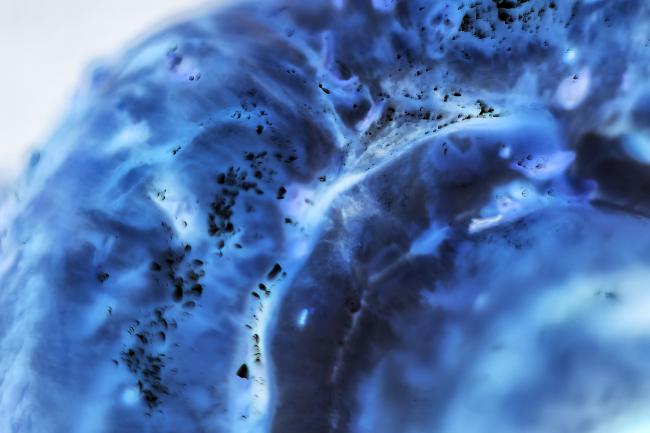Microbes have been typically analysed either by characterising individual microorganisms one by one – a time- and labour-intensive practice with little idea about how representative the cell is – or by bulk sequencing of cultured samples, which gives a representative average of the genetic changes occurring in populations but misses detail at the individual level.
The higher-resolution data generated by this technology is revealing previously invisible details.
Dr Macaulay says: “The majority of single cell sequencing approaches so far have been designed for eukaryotic, rather than prokaryotic, cells. We’d used these approaches to study cells in the human body involved in ageing or cancer, but not to analyse bacteria or the microbiome.”
He says the opportunity to translate these methods to microbial systems was a fascinating technical challenge.
“It was a very interesting question,” says Macaulay. “Could we apply the same single-cell sequencing techniques to bacteria that we’d previously used with mammalian cells?
“We weren’t even sure it would be possible - or whether the techniques we’d previously been using would need adapting. But, in fact, we used exactly the same methods and found it worked very well.”
Salmonella is already well characterised, which meant Dr Macaulay and his team had a clear reference genome to map the DNA of the single cells.
“Because we had this good genome coverage we were able to go deeper with the analysis, looking at variation at individual bases within the genome” he explains.
“It started as a proof-of-principle study - something we really weren’t sure would work - but very quickly became really promising. This is just the start – we are continuing to develop our single-microbial work, looking for new tools and applications which could help AMR research.
“A high-throughput system specifically for analysing microbial systems has a number of wide-ranging possibilities for the future.”
